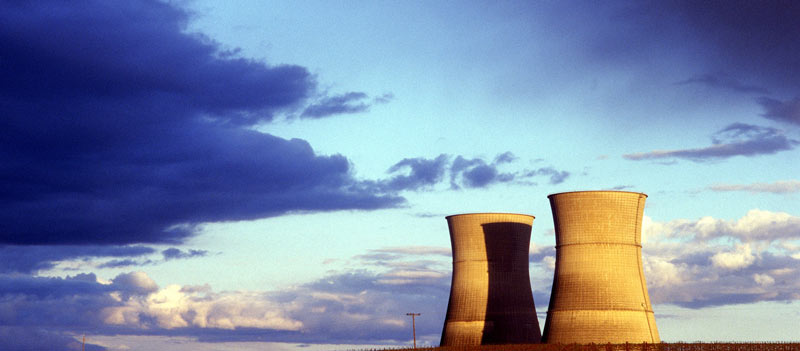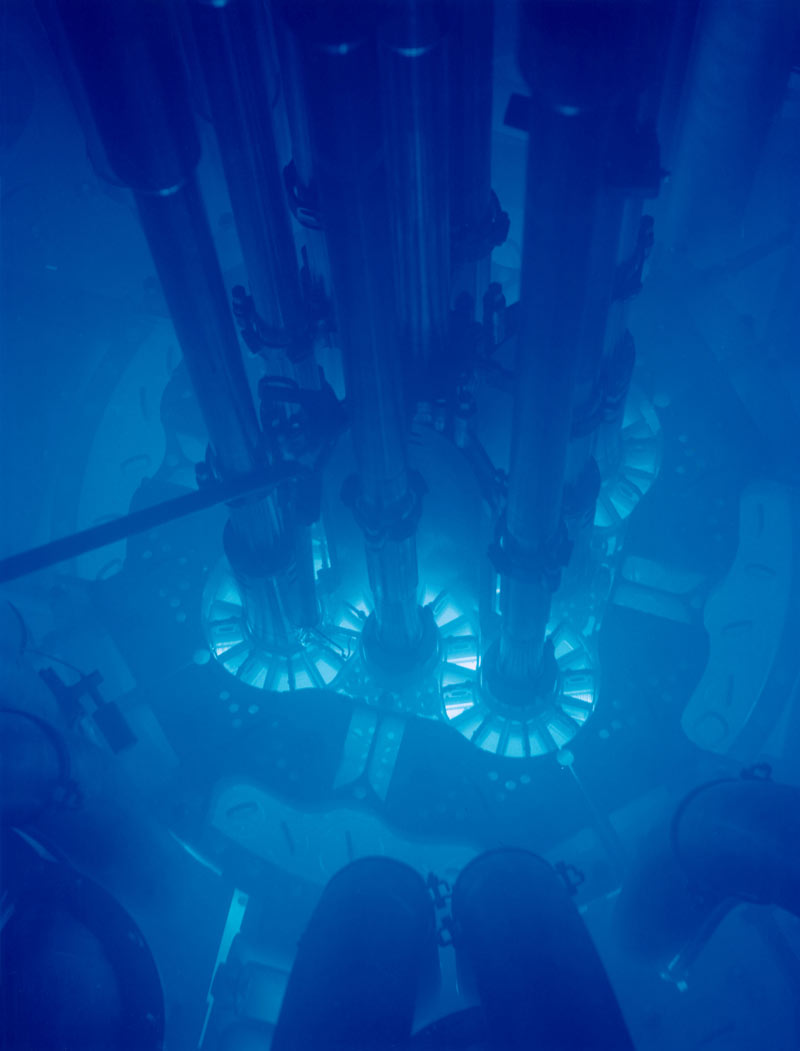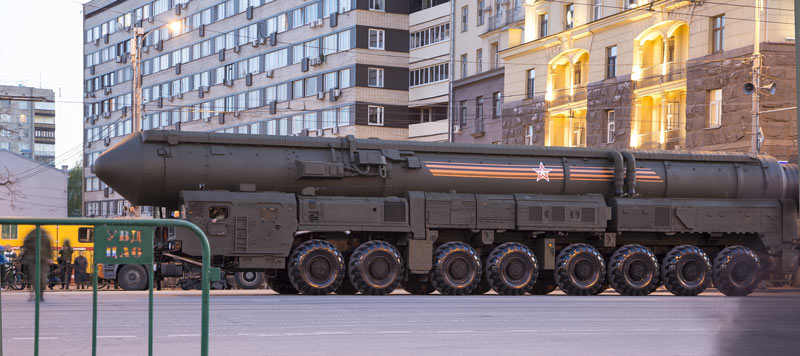
System Selection Guide
Mirion offers guidance with selections to meet your needs, based on application, software and hardware.
Mirion offers guidance with selections to meet your needs, based on application, software and hardware.
May 2nd, 2015 | By Mirion Technologies

Outside of naturally occurring sources of radiation, there are man-made processes that produce radioactive material that the average person may come into contact with on a regular basis. The levels are still fairly low, with annual exposure to the public due to artificial sources being roughly equal to the dose received from natural sources.
One of the more commonly found, if relatively weak and low-impact, sources of artificially generated radiation exposure is simply from the use of naturally occurring elements in man-made items. Granite contains trace amounts of uranium, and some samples can end up with a high enough concentration of uranium to be measureable with detection equipment.

Other places that radioactive material may be found in a household setting are in some varieties of vintage Fiestaware (or any red glazed pottery from the 40s-60s) that used uranium in order to achieve the bright colors in the glaze. Modern products use artificial dyes to achieve the same colors, of course.
Nuclear power is perhaps the first thing that springs to mind when you ask someone about man-made sources of radiation. Using fission reactions in uranium to turn water into steam to power giant turbine generators, nuclear power plants generate tremendous amounts of electricity. Much of Europe gets electricity from nuclear power plants, as do many sections of the US.

Nuclear power plants are tightly regulated, with tight limits on both radiation exposure to workers and the public. The annual average dose to a member of the public from nuclear power plants is roughly equal to the amount generated internally by the decay of radioactive materials naturally found in the body. In fact, due to the presence of radioactive Uranium and Thorium in the fly ash from coal burning, coal-burning power plants give off more radiation into the environment, typically, than a nuclear power plant.
The detonation of the atomic bombs at Hiroshima and Nagasaki, along with the nuclear weapons tests of the 50s and 60s, deposited a certain amount of radioactive fallout into the atmosphere. The Limited Test Ban treaty of 1963 mostly put an end to this, though both France and China continued testing into 1974 and 1980, respectively, as neither country is a signatory of the treaty. The 1986 explosion at the Chernobyl nuclear power plant in Ukraine also contributed to global levels of atmospheric radioactive material, with a much greater impact in the immediate areas due to elements such as Strontium-90 and Iodine-131, leading to an increase in the incidence of thyroid cancer.

Despite all the possible health issues arising from the increase in atmospheric radiation due to fallout from nuclear testing and accidents, there has been one area where it has presented a surprising benefit. Authorities in charge of preventing the poaching of elephants for their ivory have discovered that it’s possible to tell if the ivory is recently poached, or “antique” based on the presence of these elements, since they are absorbed by the bones of living animals. So ivory that is purported to be hundreds of years old, which contains elevated levels of strontium-90, for example, will be able to be seized as illegal.
Looking for Services or Support?
We're here to help.